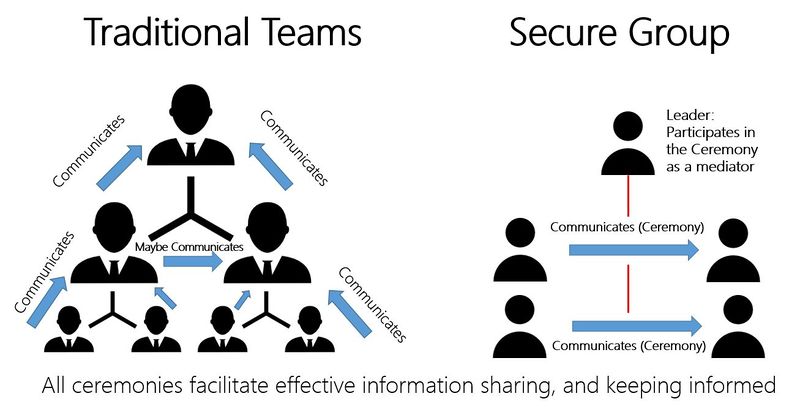Team Management: Difference between revisions
| Line 58: | Line 58: | ||
# Why - Why is the problem worth solving? What is the impact on the customer? </br> | # Why - Why is the problem worth solving? What is the impact on the customer? </br> | ||
# Where - Where does this problem arise? Have you/your team observed this problem occurring? </br> | # Where - Where does this problem arise? Have you/your team observed this problem occurring? </br> | ||
- Discussion stage 2: | - Discussion stage 2: Analysis of strategic goals and definition of initiatives to address the problem</br> | ||
</br> | </br> | ||
</br> | </br> | ||
Revision as of 12:56, 20 July 2021
Team management is all about how our teams work. Our biggest challenge for team management is how to provide context given the scenario we face:
- Our teams are growing at a very fast pace
- We are selling a niche product
- Our customers are distributed worldwide
We already established that we want to enforce Strategic Management in our business. We also mentioned that we believe in providing Context, Not Control and that our Leadership style enables us to do that. But in practice, it's what we call: Strategic Management vs. Leadership.
This is all about managing with goals. To achieve that there are some key principles to follow:
- There is a need for accountability to meet deliverables
- Deliverables must be followed up
- Leaders exist in our structure to help and coach.
At the same time, our Managers must:
- Identify employees in need of help or who are underperforming
- Recognize and encourage high performers and possible future leaders
- Encourage teams through empowering, not micromanaging.
To manage our technical engineering teams we follow some Agile principles and Scrum practices.
Why some?
In a world where hackers and data-collectors threaten the integrity of technology and society as a construct, to be at the forefront of mobile security, we need to constantly evaluate that our processes are not enabling any data breaches. Yet within this context, we also want accountability between teams, and for individuals to be mentored. For more information regarding our Leadership roles please check here.
Teams Structure
When understanding our Team Management strategy there are some concepts related to teams, divisions, and departments which have different definitions based on specific areas of activity and responsibilities.
Department
- Composed by a group of frameworks
- Managed by a Tech Lead who is responsible for the department's processes maintaining all the documentation in the relevant Confluence space and Jira project
Division
- Managed by a Level 2 Manager who is responsible for performance and people's growth
- In some cases a division has a team or multiple teams, in some cases a division has no team
Team
- Teams compose a division
- Managed by two levels: Level 1 manager who is responsible for coordinating processes and Level 2 manager who is responsible for the team's growth

To promote accountability and avoid micromanagement we decided that the best way to keep our leaders, departments, teams and divisions informed about everything happening in the teams would be through structured touchpoints called ceremonies.
Ceremonies
- Ceremonies:
Our Ceremonies are touchpoints for leaders and teams to get aligned and it helps to avoid chaos, to broadcast information to all team members, to bring common goals and vision, to share team progress, and to reduce dependency and communication issues.
In most traditional teams, the lower levels communicate with their leaders to align tasks and obtain approvals and maybe with their partners when it comes to the operational side of the projects. In Secure Group, on the other hand, every employee communicates with every employee related to their project in order to share information. The role of the leader, in this case, is to guarantee that both parties reached an agreement that will help Secure Group reaches its strategic goals.

- Strategic Sessions
The objective of strategic sessions is to solve problems and spark ideas and innovation to achieve business goals. It's conducted by a manager and consists of:
- Discussion stage 1: Problem Framing
The goal is to walk out with a single (yes: single) problem statement.
- Who - Who has this problem? Have you validated that the problem is real? Can you prove it?
- What - What is the nature of the problem? What research or supporting evidence do you have?
- Why - Why is the problem worth solving? What is the impact on the customer?
- Where - Where does this problem arise? Have you/your team observed this problem occurring?
- Discussion stage 2: Analysis of strategic goals and definition of initiatives to address the problem